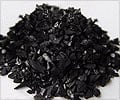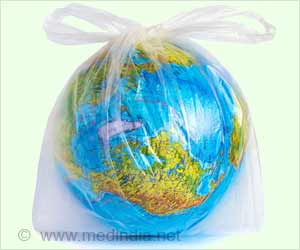A secret government sounds bleak about the potential of carbon capture on the oilsands stretches in western Canada.
Capturing the gas and pumping it underground has been the key public strategy for reducing the oilsands industry's contribution to global warming.But the ministerial briefing notes, obtained by CBC, say that just a small percentage of the carbon dioxide released in mining the sands and producing fuel from them can be captured.
The Athabasca Oil Sands (also known as the Athabasca Tar Sands) are large deposits of bitumen, or extremely heavy crude oil, located in northeastern Alberta, Canada. These oil sands consist of a mixture of crude bitumen (a semi-solid form of crude oil), silica sand, clay minerals, and water. The Athabasca deposit is the largest reservoir of crude bitumen in the world and the largest of three major oil sands deposits in Alberta, along with the nearby Peace River and Cold Lake deposits. Oil extraction from these sands is a big time industry.
Little of the oilsands' carbon dioxide can be captured because most emissions aren't concentrated enough, the notes say. For efficient capture, there must be a high concentration of CO2 coming out of a smoke stack.
"Only a small percentage of emitted CO2 is 'capturable' since most emissions aren't pure enough," the notes say. "Only limited near-term opportunities exist in the oilsands and they largely relate to upgrader facilities."
The Canadian and Alberta governments are spending about $2.5 billion on developing carbon capture and storage, and the oilsands generally come up as the first reason for spending the money.
Advertisement
The briefing notes, which went to federal and provincial politicians, were produced months before Harper's announcement. The carbon capture task force issued a public version of its final report in January.
Advertisement
He says he's frustrated that politicians and the industry keep focusing on the oilsands when there are sources of greenhouse gases to capture more easily and at less cost, including coal-fired power plants.
Rational people shouldn't focus on reducing emissions in the oilsands through carbon capture and storage, Keith says.
"The actual content of the briefing note is a pretty fair summary of the technical situation we have," he told CBC News.
Source-Medindia
GPL/SK









